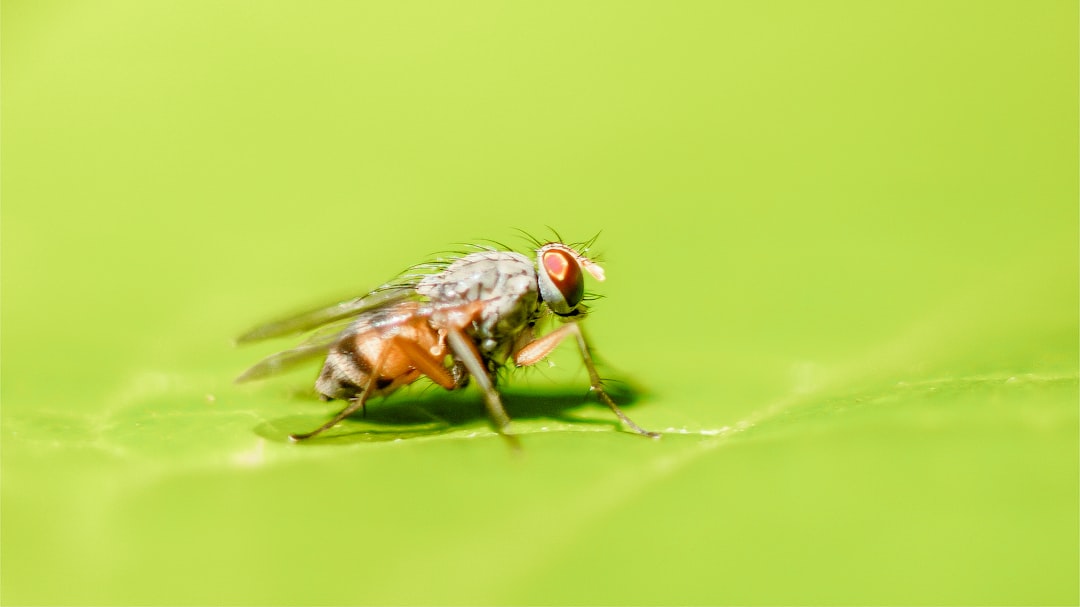What is it about?
Peptide and protein design involves experimentally characterizing the building blocks using chemical constructs. I have been successful in experimentally establishing the design of beta-hairpin motifs using synthetic peptides. This study is the first study to investigate the folding of hydrophobic linear peptide sequences into beta hairpins using computational methods.
Featured Image
Why is it important?
This is an important step in investigating the folding of synthetic peptides harboring non-natural amino acids as nucleating agents of protein folds (beta-turns). This study clearly establishes that we can computationally investigate the folding of short peptide segments, before investing in them experimentally.
Perspectives
This study is my brain child, as I want to establish that computation and experimentation can complement each other.
Dr. Raghavender S Upadhyayula
Centre for DNA Fingerprinting & Diagnostics
Read the Original
This page is a summary of: Ultrafast folding and molecular dynamics of a linear hydrophobic β-hairpin, Journal of Biomolecular Structure and Dynamics, December 2013, Taylor & Francis,
DOI: 10.1080/07391102.2012.738612.
You can read the full text:
Contributors
The following have contributed to this page










